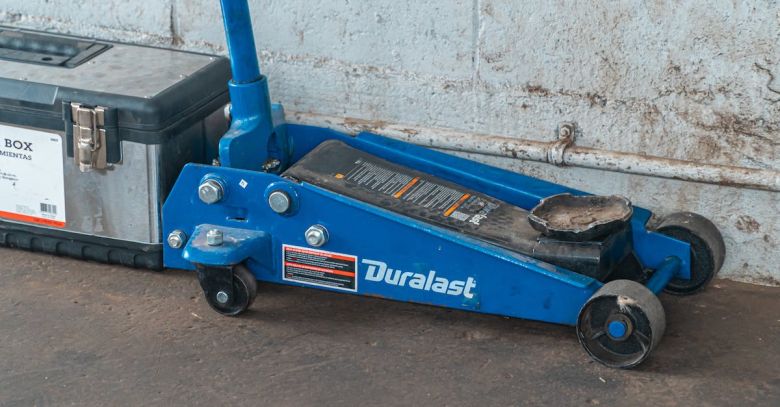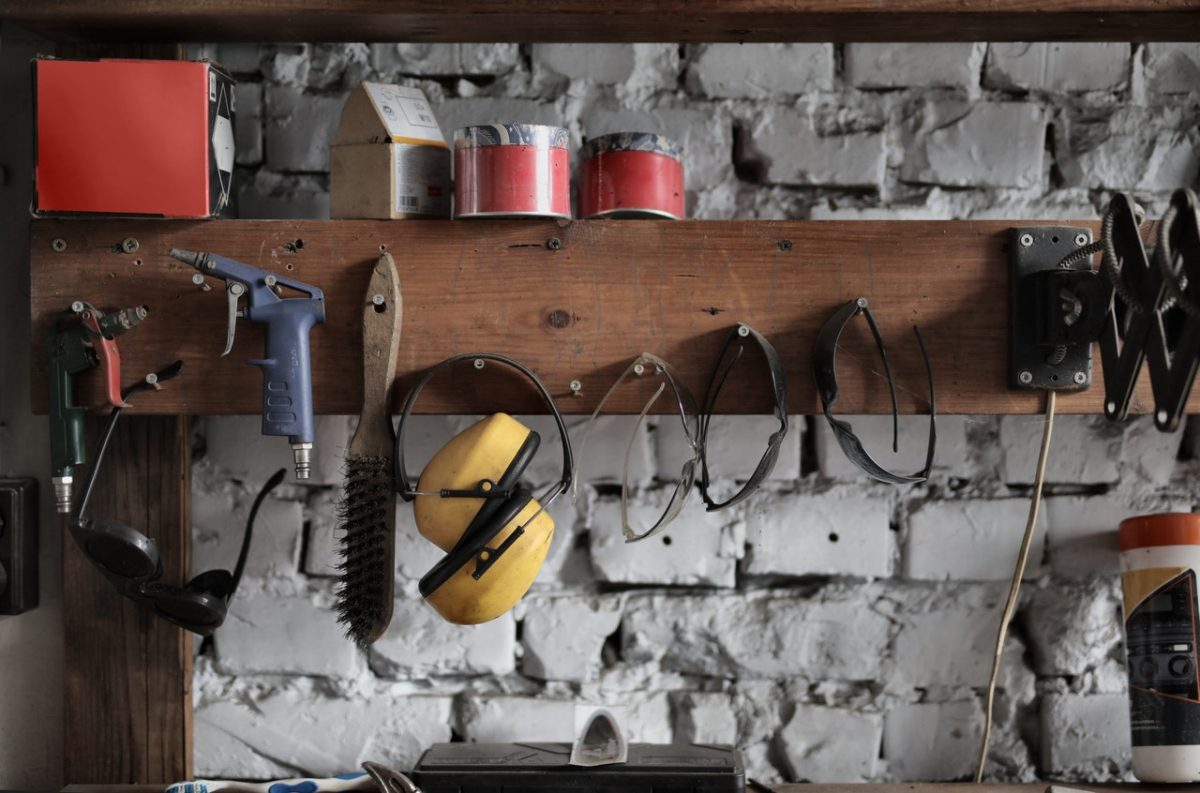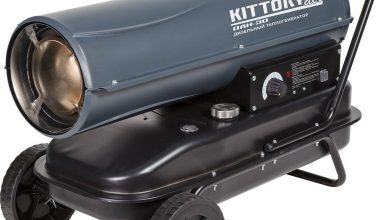Complete Breakdown of a Mechanical Jack

Introduction
Mechanical jacks are an essential tool in various industries, including automotive, construction, and manufacturing. These devices are designed to lift heavy loads efficiently and safely. Understanding the components and functioning of a mechanical jack can help users make informed decisions about their usage and maintenance. In this article, we will provide a complete breakdown of a mechanical jack, exploring its key components and how they work together to lift heavy objects.
The Base
The base of a mechanical jack serves as its foundation and provides stability during operation. Typically made of heavy-duty steel, the base is designed to distribute the load evenly and prevent the jack from tipping over. Some bases may feature a non-slip surface or rubber padding to enhance stability and protect the surface beneath the jack.
The Lifting Mechanism
The lifting mechanism is the heart of a mechanical jack. It consists of various components that work together to raise and lower heavy objects. The key elements of the lifting mechanism include the handle, the lifting arm, and the gear mechanism.
The Handle
The handle of a mechanical jack is usually a long metal bar that extends horizontally from the jack’s body. It is used to apply the necessary force to lift the load. By turning the handle clockwise or counterclockwise, the user engages the gear mechanism, which converts the rotational motion into vertical lifting force.
The Lifting Arm
The lifting arm is a sturdy metal rod that connects the handle to the gear mechanism. It acts as a lever, amplifying the force applied by the user. As the handle is turned, the lifting arm moves up or down, depending on the direction of rotation. This motion is transferred to the gear mechanism, which then translates it into vertical movement.
The Gear Mechanism
The gear mechanism consists of a set of gears and a screw mechanism. When the handle is turned, the gears engage with each other, causing the screw mechanism to rotate. This rotation translates the horizontal motion of the handle into vertical movement of the lifting arm. The gear mechanism provides mechanical advantage, allowing users to lift heavy loads with less effort.
The Load Platform
The load platform is the surface on which the load is placed. It is typically a flat metal plate with raised edges to prevent the load from sliding off. The load platform is attached to the lifting arm and moves up or down as the lifting mechanism is operated. Some mechanical jacks may have adjustable load platforms to accommodate different load sizes.
Safety Features
Mechanical jacks often come equipped with various safety features to prevent accidents and ensure user safety. These features may include overload protection, which prevents the jack from lifting beyond its maximum capacity, and a locking mechanism to secure the load in place once it has been lifted. Additionally, some jacks may have a built-in release valve that allows for controlled lowering of the load.
Maintenance and Care
To ensure the longevity and proper functioning of a mechanical jack, regular maintenance and care are essential. This includes lubricating the moving parts, inspecting for any signs of wear or damage, and storing the jack in a clean and dry environment. It is also important to follow the manufacturer’s guidelines for maintenance and avoid exceeding the jack’s maximum load capacity.
Conclusion
A mechanical jack is a versatile and indispensable tool in various industries. By understanding its components and how they work together, users can make the most of this powerful lifting device. From the sturdy base to the lifting mechanism, each part plays a crucial role in the jack’s functionality. By following proper maintenance and safety practices, users can ensure the longevity and safe operation of their mechanical jack for years to come.




